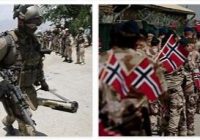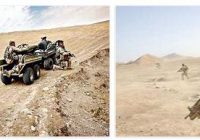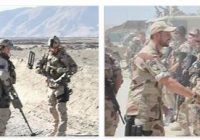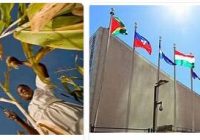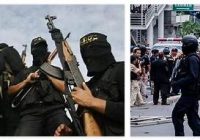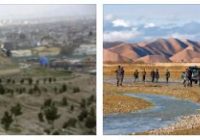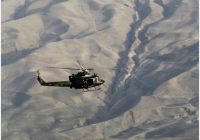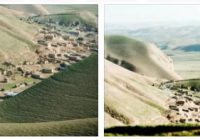Languages in Afghanistan
Afghanistan is a linguistically diverse nation, with multiple languages spoken across various regions, reflecting the country’s rich history, cultural heritage, and ethnic composition. Official Languages: The Constitution of Afghanistan recognizes two official languages: Pashto and Dari (Persian). These languages play central roles in government, education, media, and public discourse, serving as mediums of communication for… Read More »
